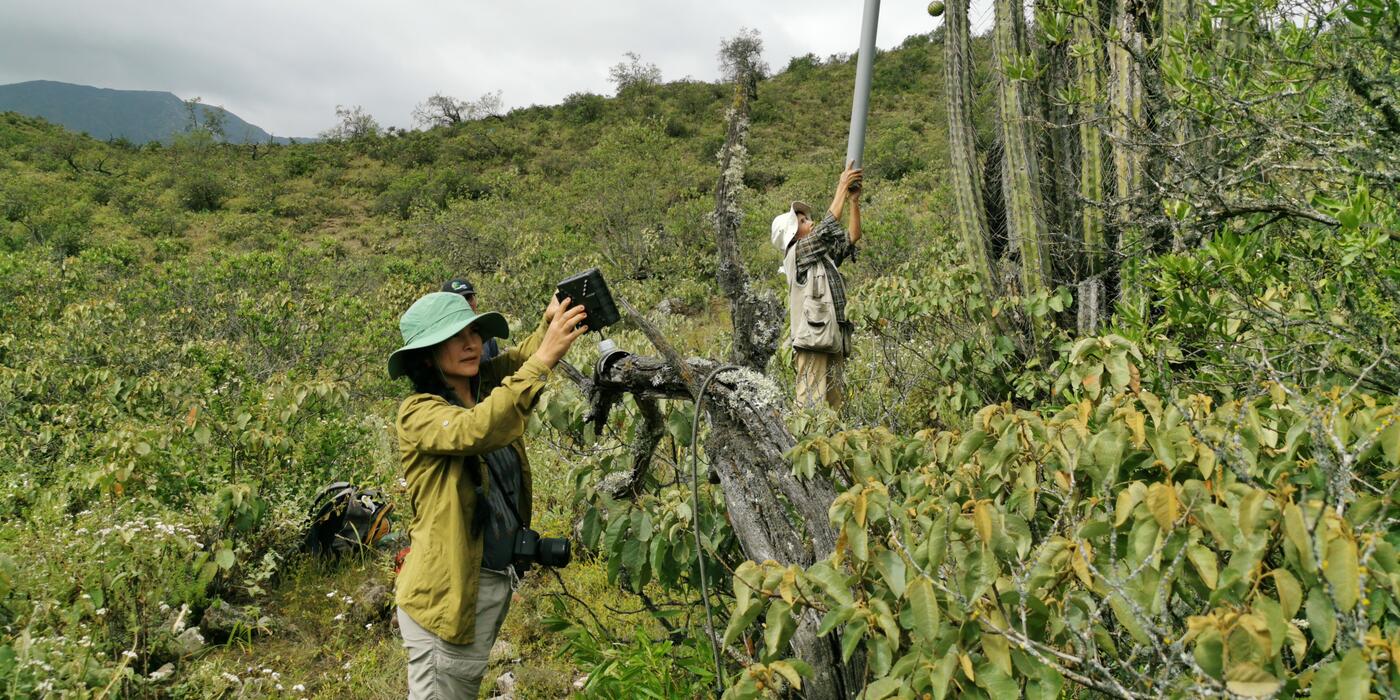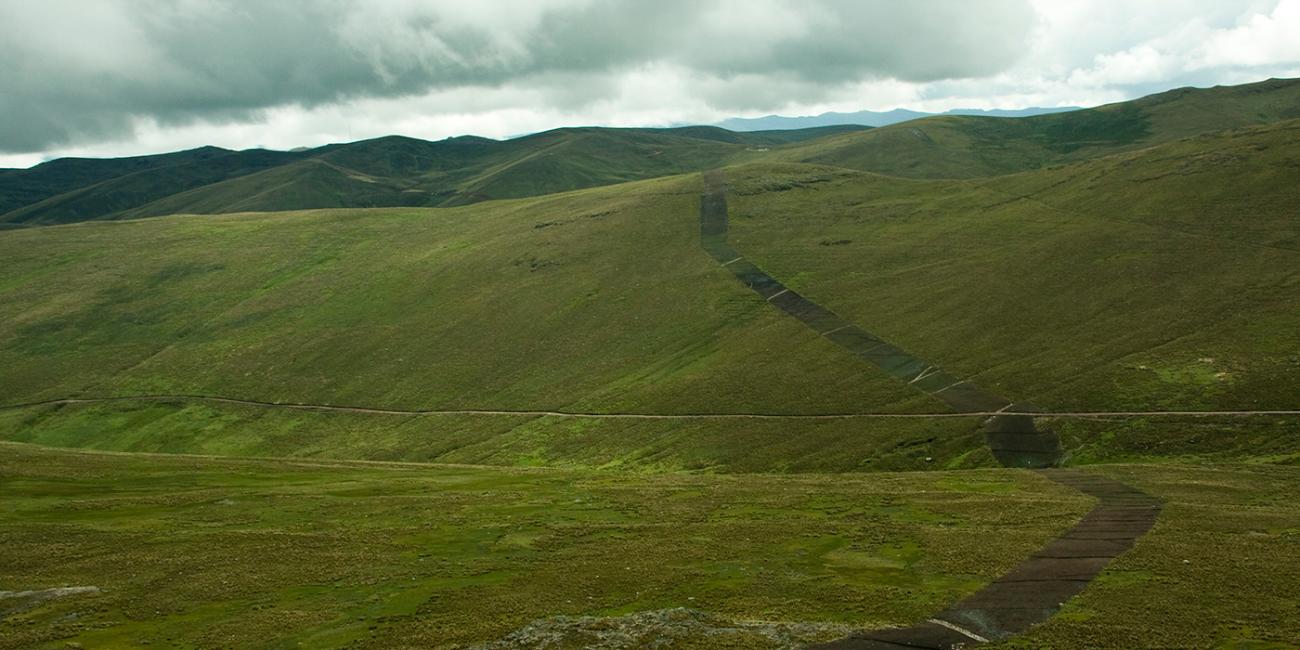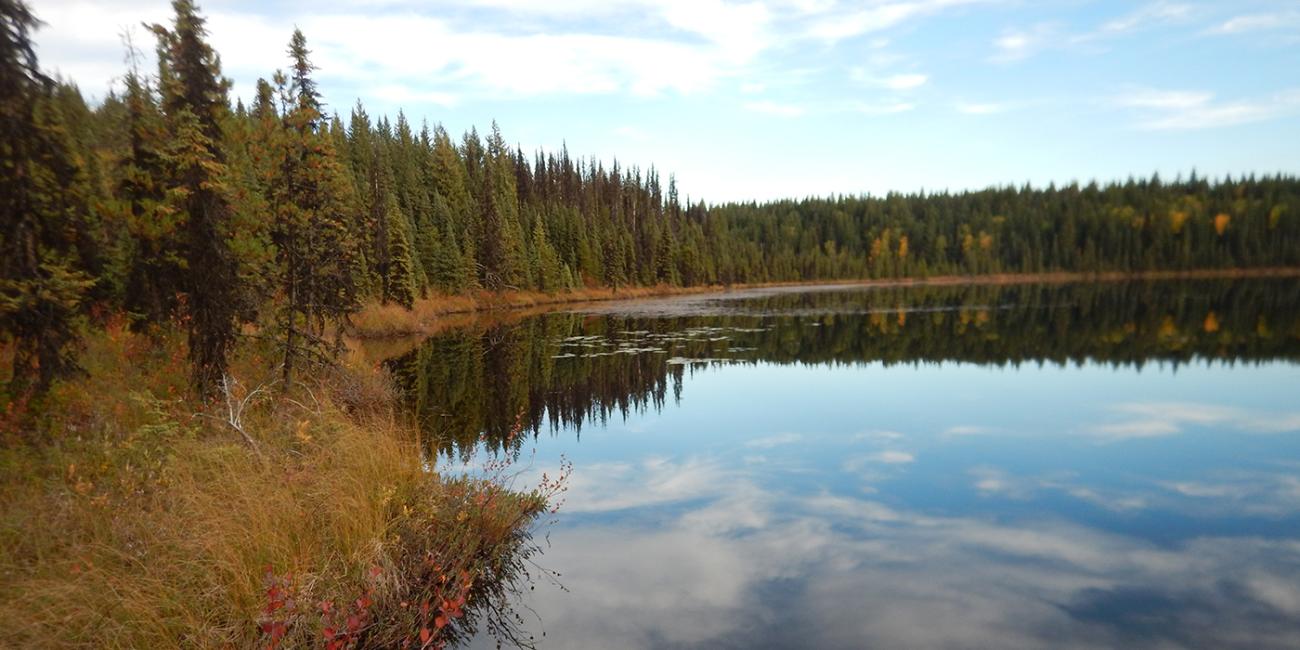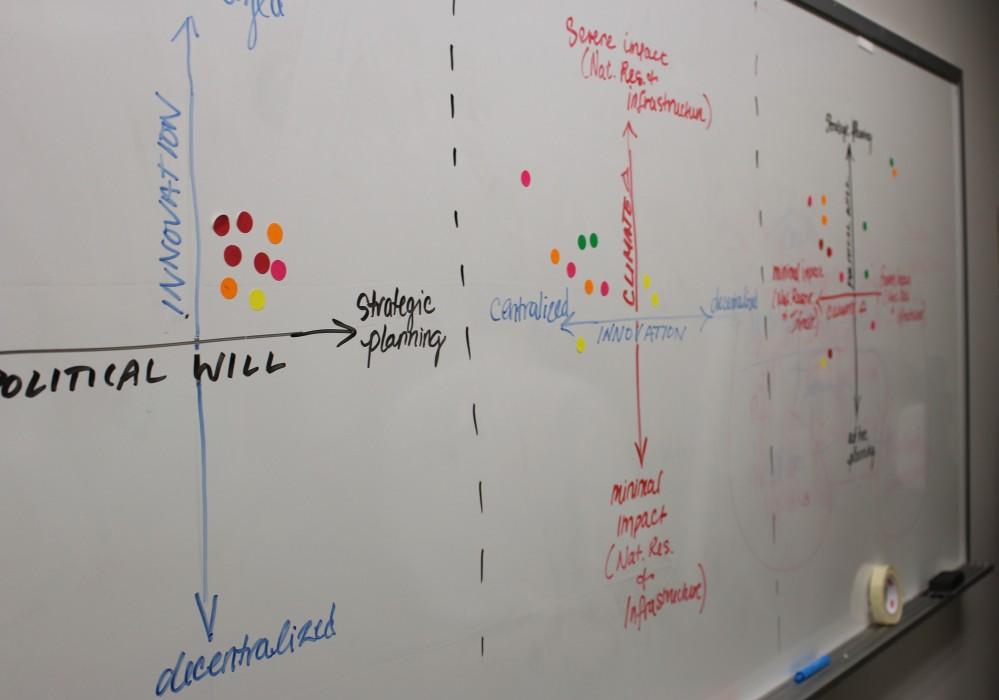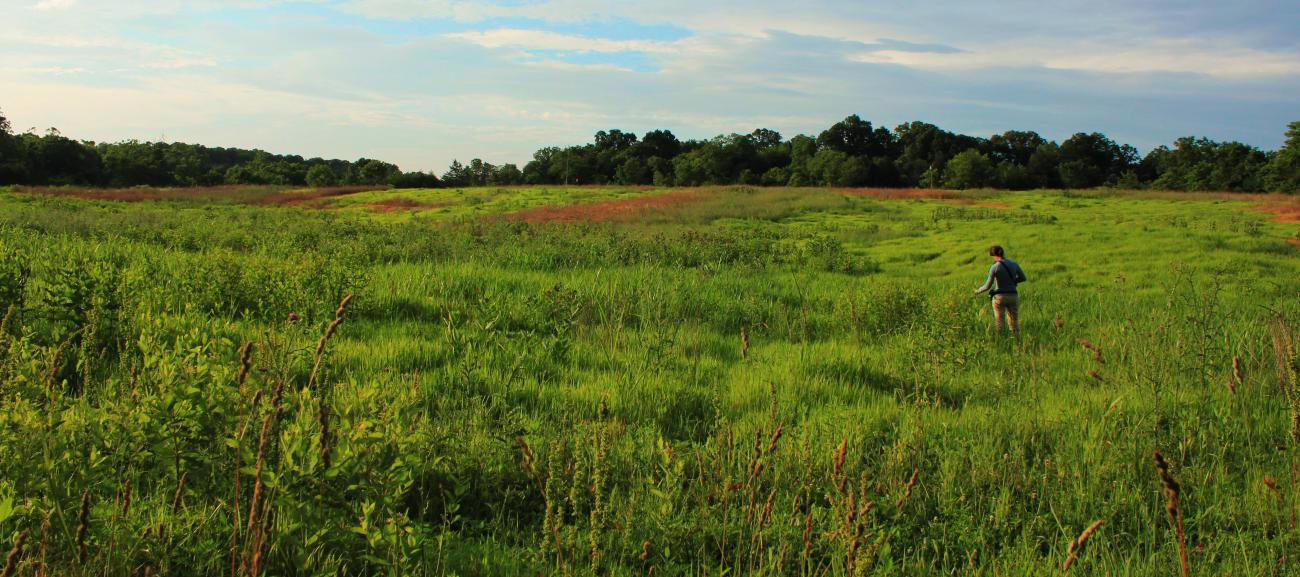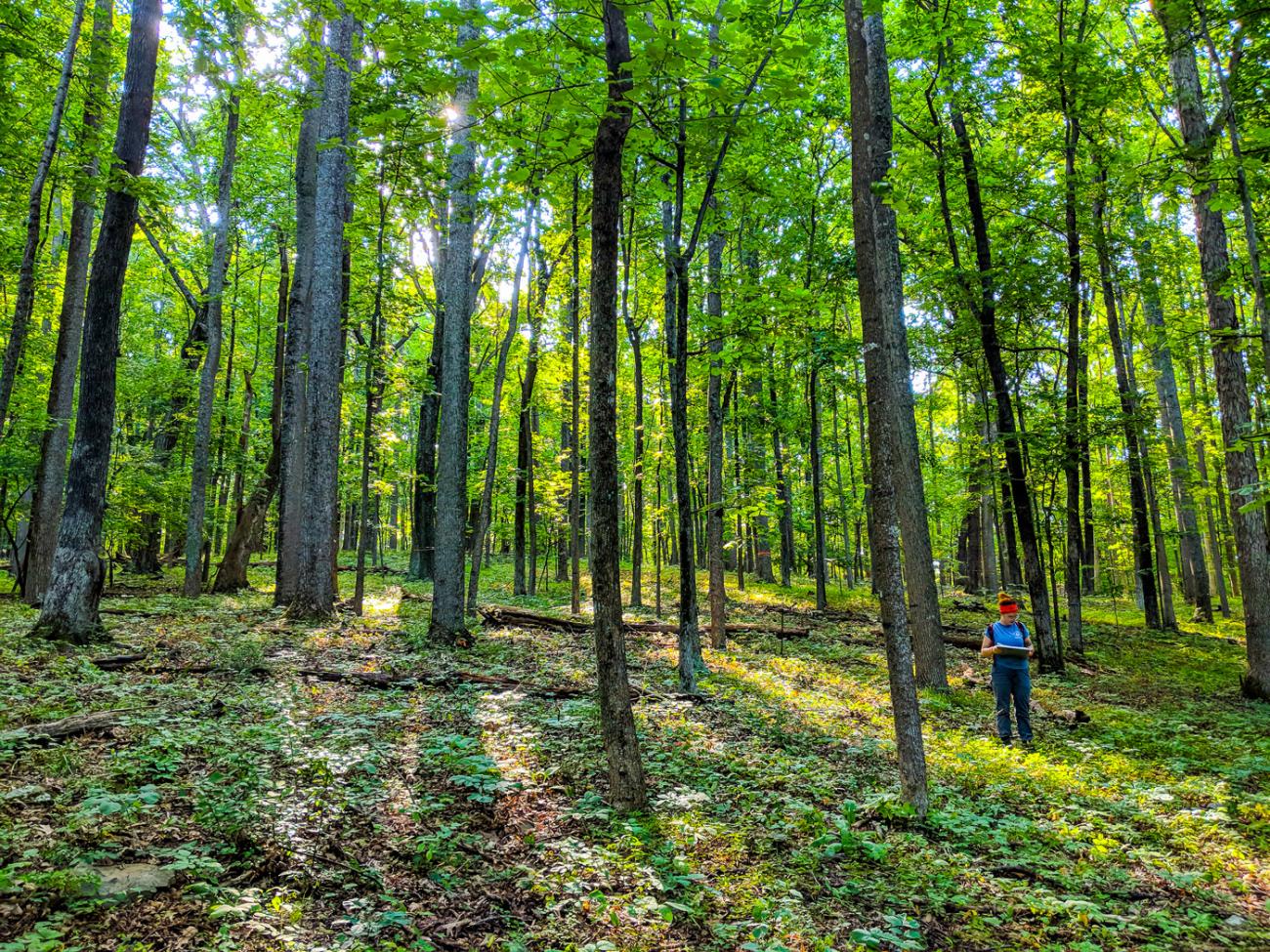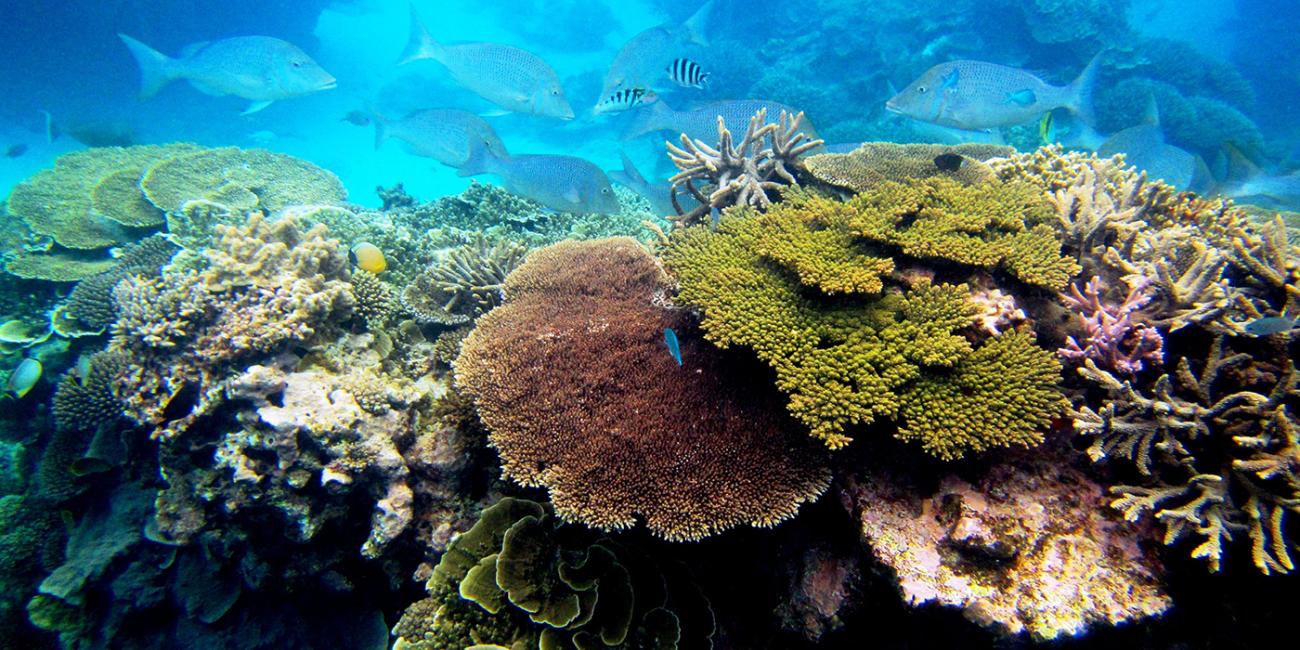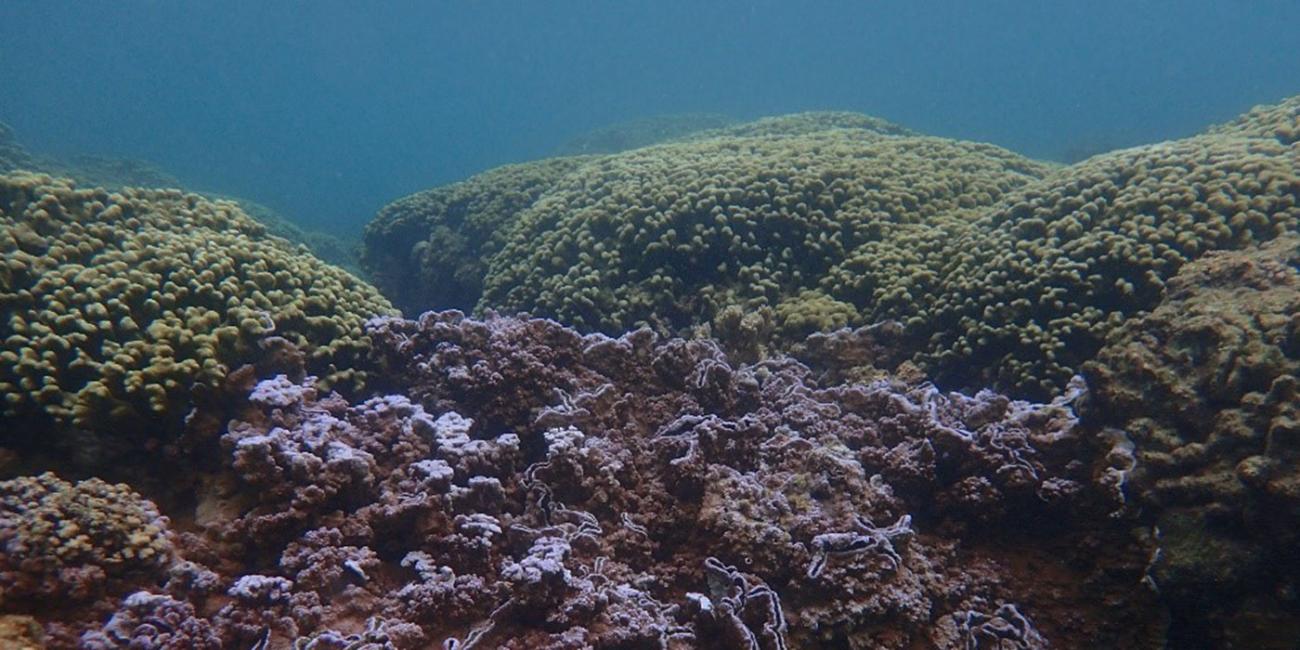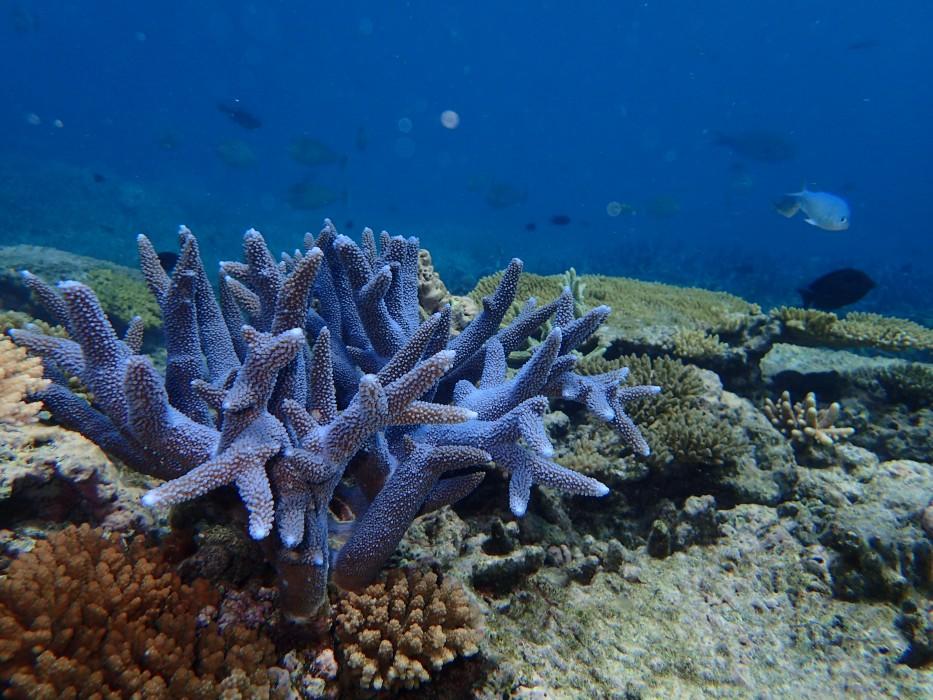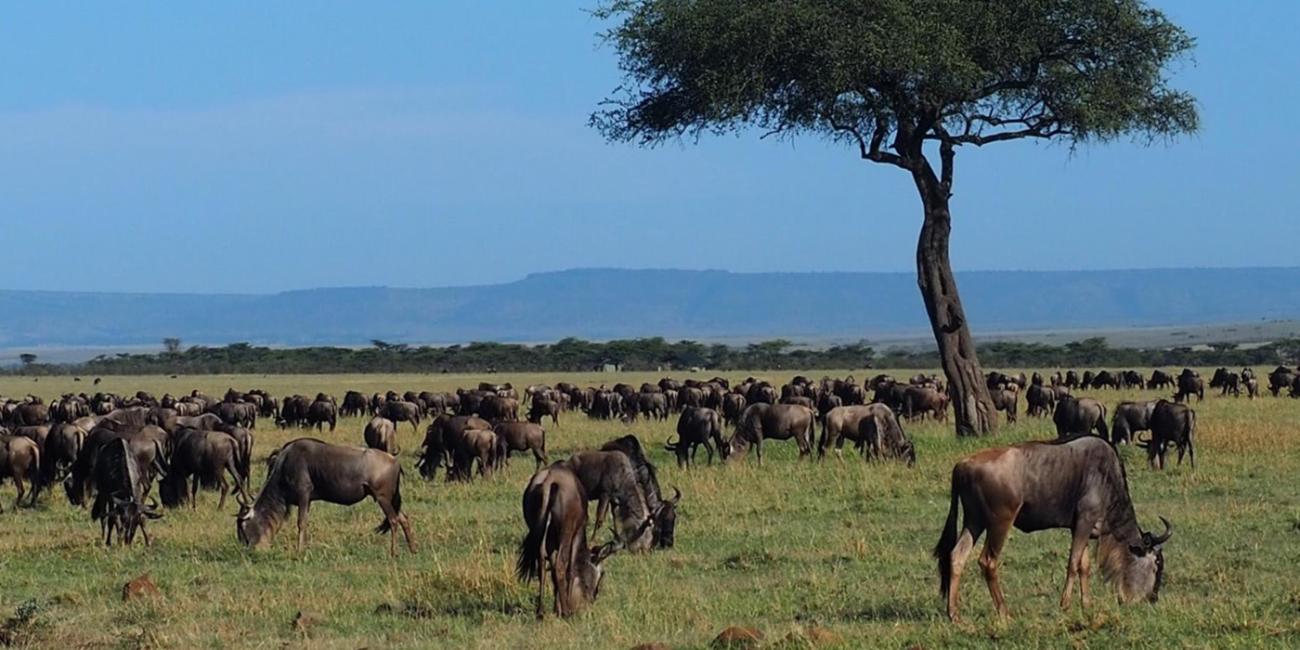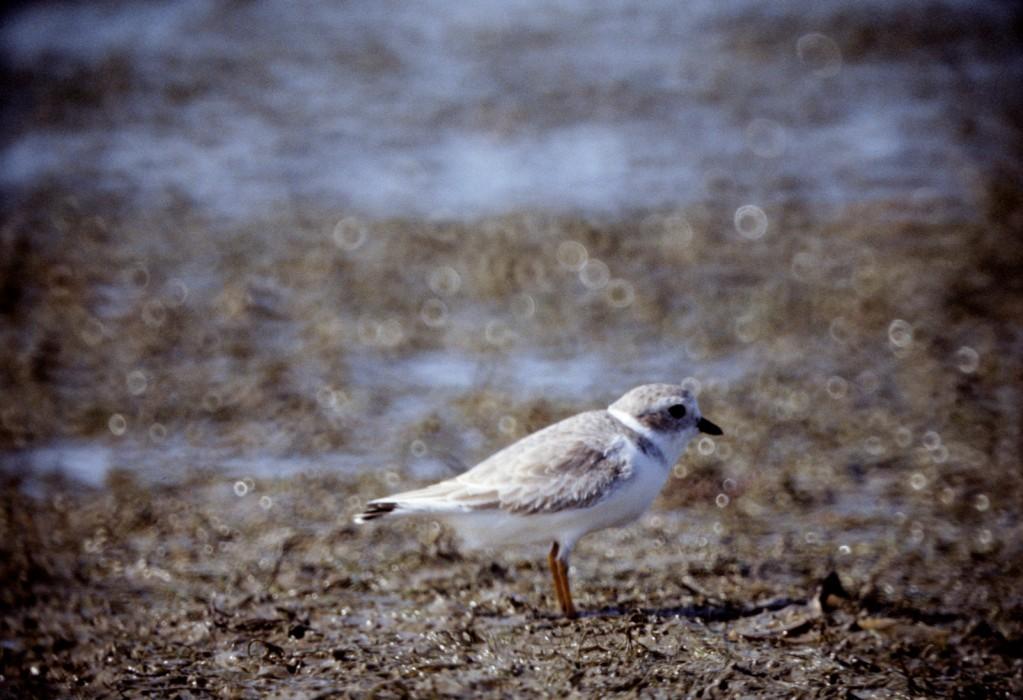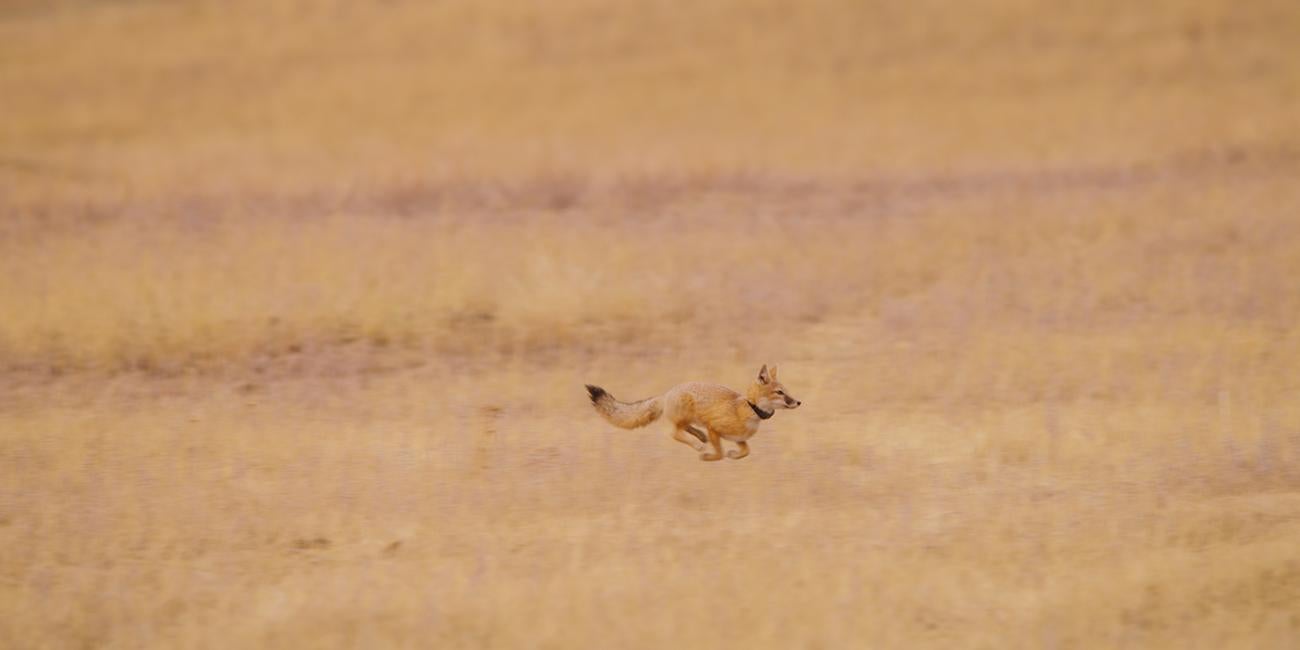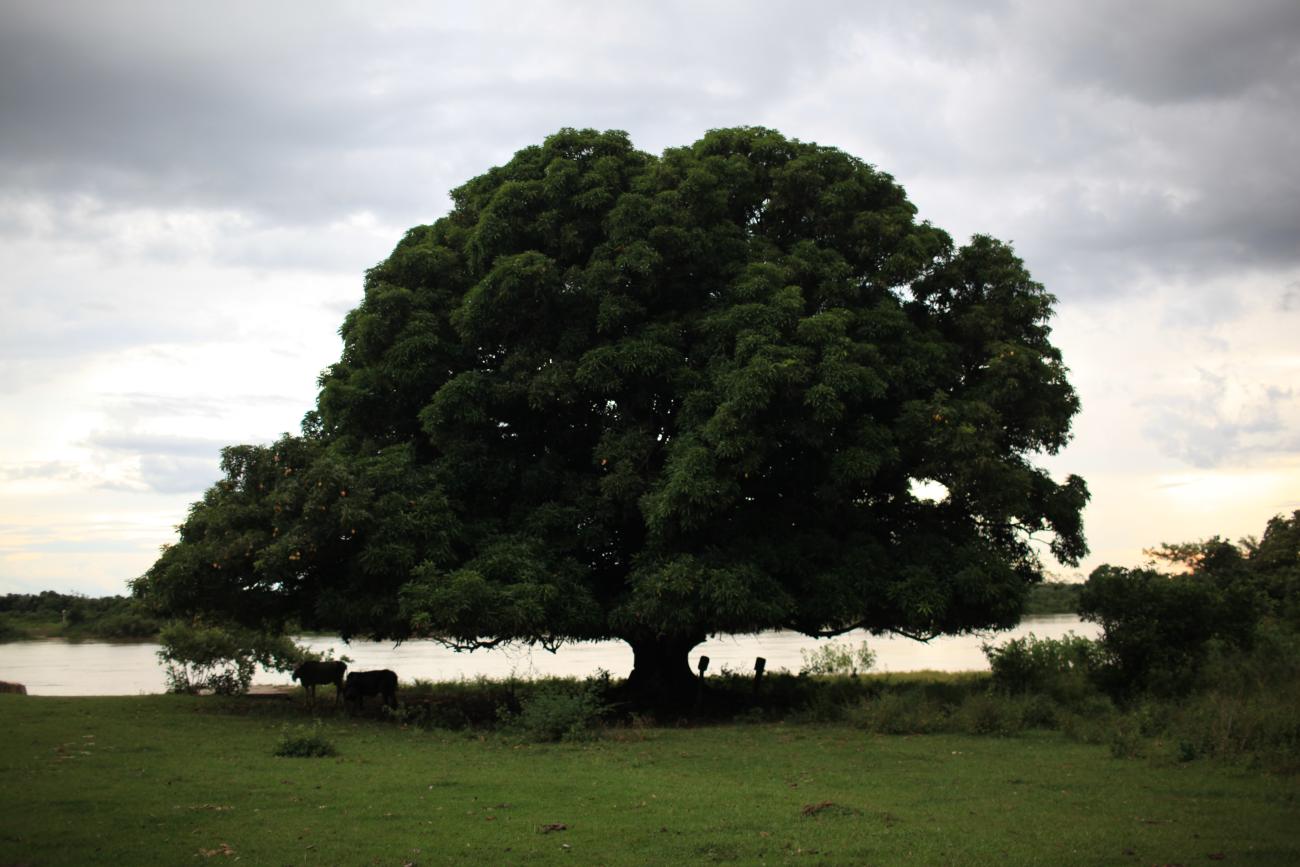Research in Action
Case Studies
Reducing a Pipeline’s Impact on Biodiversity in the Andes
CCS scientists worked with a gas company to monitor, assess and restore biodiversity around a pipeline that crossed more than 248 miles (400 kilometers) of inter-Andean landscapes.
Restoring Life-supporting Andean Wetlands
A private company wanted to develop a gas pipeline in Peru that would cross hundreds of kilometers of coastal and Andean habitats, including bofedales, with minimal impact to these critical wetlands. CCS scientists designed a Biodiversity Monitoring and Assessment Program for the project, and in the process, discovered how little was known about bofedales.
Scenario Planning for Sustainable Development in Peru's Amazon Forest
Madre de Dios, located in the foothills of Peru’s tropical Andes, is one of the most biodiverse places in the world. CCS researchers used scenario planning to help a hydrocarbon company and the regional government minimize the impact of gas exploration and create a strategy for sustainable development in Madre de Dios .
